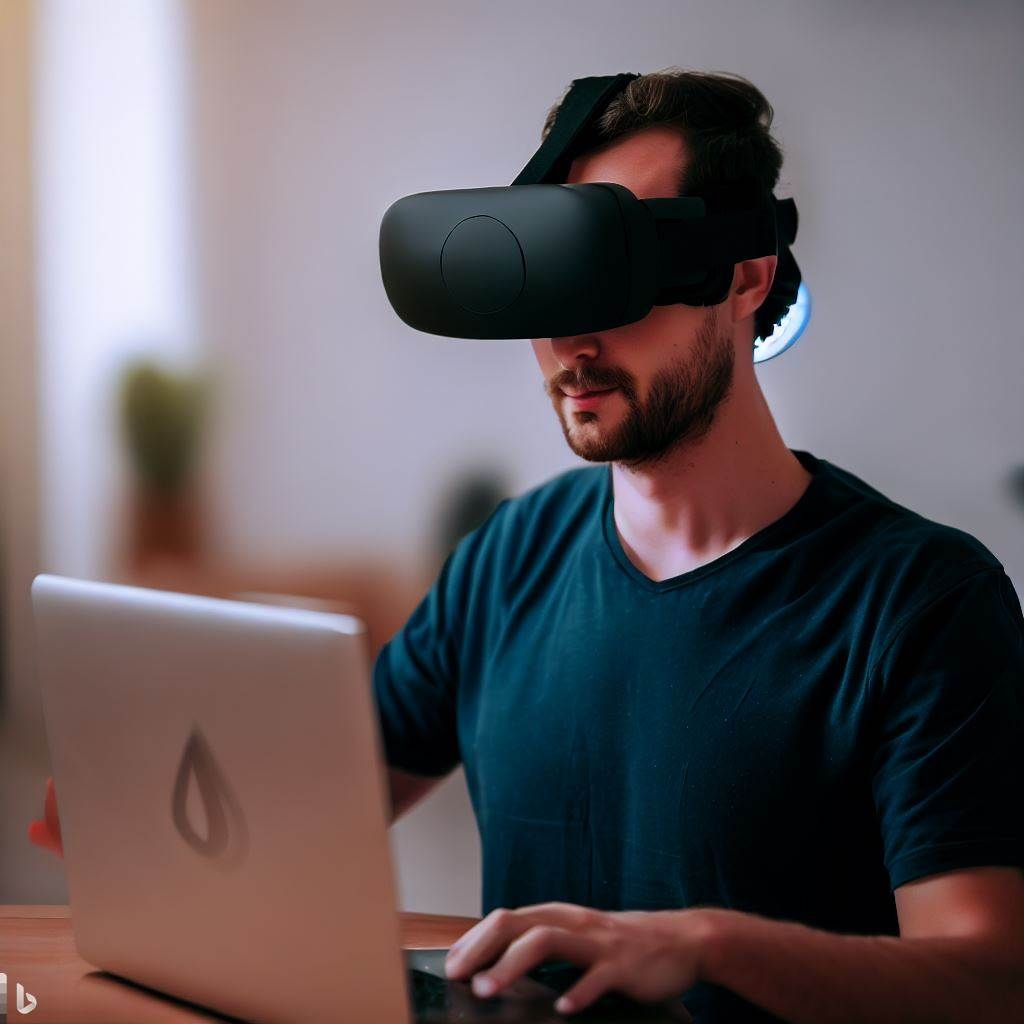Getting Started with Oculus SDK: A Beginner’s Guide to Developing Virtual Reality Experiences

Virtual reality (VR) is a rapidly growing field, and if you’re eager to dive into the world of VR development, the Oculus SDK (Software Development Kit) is an excellent starting point. The Oculus SDK provides a comprehensive set of tools and resources for building immersive VR experiences on Oculus devices. In this beginner’s guide, we’ll walk you through the essential steps to get started with the Oculus SDK and begin developing your own virtual reality applications.
Step 1: Setting Up Your Development Environment Before you begin developing VR experiences with the Oculus SDK, you’ll need to set up your development environment. This involves installing the necessary software, including the Oculus Rift software and the Oculus SDK. We’ll guide you through the installation process, ensuring you have everything you need to start building VR applications.
Step 2: Exploring the Oculus SDK Features Once your development environment is set up, it’s time to dive into the features and capabilities of the Oculus SDK. The SDK provides a range of tools and APIs that enable you to create immersive VR experiences. We’ll introduce you to the core components of the Oculus SDK, including the Oculus Runtime, the Oculus Unity Integration, and the Oculus Mobile SDK, and explain how they work together to power your VR applications.
Step 3: Getting Familiar with the Oculus Development Guidelines Developing for VR requires a unique understanding of user experience and interaction design. Oculus provides comprehensive development guidelines to ensure your VR experiences are comfortable, intuitive, and immersive. We’ll walk you through the key considerations, such as designing for presence, optimizing performance, and implementing smooth locomotion, helping you create VR applications that provide an exceptional user experience.
Step 4: Building Your First VR Experience With a solid understanding of the Oculus SDK and the development guidelines, it’s time to start building your first VR experience. We’ll guide you through the process of creating a basic VR application, including setting up the scene, implementing VR interactions, and adding immersive elements like 3D models and spatial audio. By following the step-by-step instructions, you’ll gain hands-on experience in building virtual reality experiences from scratch.
Step 5: Testing and Debugging Your VR Application Testing and debugging are essential steps in the development process to ensure your VR application runs smoothly and delivers the intended experience. We’ll discuss various testing techniques and debugging tools provided by the Oculus SDK, helping you identify and fix issues that may arise during development. This will ensure that your VR application performs optimally on Oculus devices.
Conclusion: With the Oculus SDK, developing virtual reality experiences has never been more accessible. By following this beginner’s guide, you’ve learned the essential steps to get started with the Oculus SDK and begin creating your own immersive VR applications. As you continue your VR development journey, the Oculus SDK will empower you to push the boundaries of virtual reality and bring your creative visions to life. Get ready to explore the endless possibilities of VR and captivate users with unforgettable experiences.





